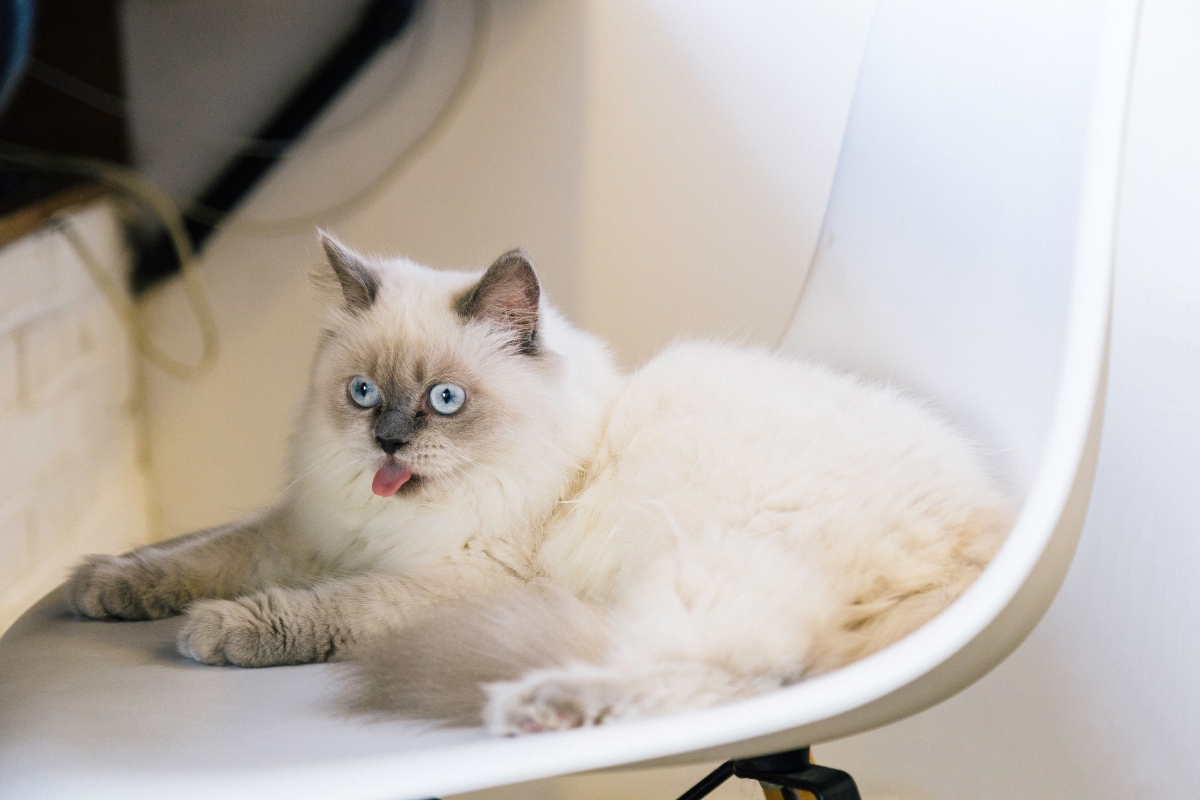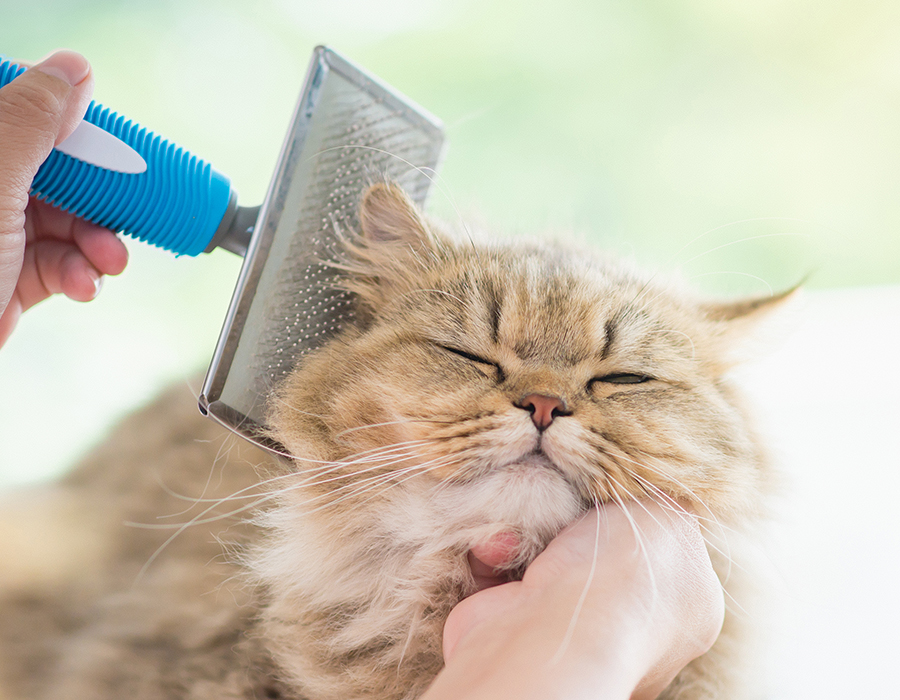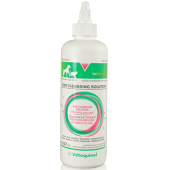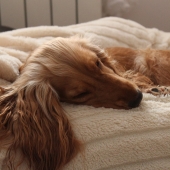The scene usually involves a lot of hacking, gagging and retching from your cat, accompanied by some disturbing sound effects. It ends with a gooey pile on the floor as your companion walks away: a hairball. Here are the answers to common questions about this strange substance.
1. Why do cats cough up hairballs?
Cats groom themselves using their tongue, which is covered by tiny hook-like structures that catch loose hair like a brush. The hair is then swallowed. Most of it passes harmlessly through your cat’s digestive system, but some can remain trapped in their stomach. When enough hair accumulates, it forms a hairball that will often be vomited up later.
2. Are certain cat breeds more prone to hairballs?

Yes. Long-haired cat breeds like Main Coons and Persians, as well as cats who shed more than usual or groom themselves more frequently, are more likely to have hairballs.
3. Why didn’t my cat have hairballs before, as a kitten?
As cats grow older, they become more skillful at grooming themselves and removing loose hair from their fur using their tongue. They also end up swallowing more hair, which leads to more hairball formation!
4. Can daily grooming help prevent hairballs?

Yes. Brushing removes loose hairs, which will decrease the amount that would otherwise end up in your cat’s stomach. Daily brushing is therefore an efficient way to keep hairballs under control, in addition to providing an opportunity to bond with your furry friend. For long-haired breeds, you may consider the occasional visit to a professional pet groomer.
5. Can hairballs cause constipation?
Yes. If your cat is unable to get rid of a hairball and it remains in their digestive tract, this could lead to constipation or even bowel obstructions, conditions which can have unpleasant and potentially life-threatening consequences.
6. What are the symptoms of constipation caused by hairballs?
Like in humans, cats suffering from constipation can have less frequent, difficult or painful stools. They may also experience bloating, gas and loss of appetite, suffer from cramps or even vomit.
7. What are “normal” hairball symptoms?
For your cat, getting rid of a hairball typically involves a combination of hacking, gagging and retching. They’ll usually vomit the hairball shortly after. Keep in mind that if a hairball is not expelled, one should consider the possibility that the hacking was likely due to another health condition (ex: a cough) and consult with a veterinarian.
8. When should I be concerned about hairballs?
A hairball that remains unchecked can cause a life-threatening blockage for your cat. In addition to constipation (and all related symptoms mentioned previously), contact your veterinarian if your cat is continuously gagging, retching or hacking without vomiting a hairball, seems lethargic or has diarrhea. Furthermore: a medical investigation should be considered if a cat seems to be passing hairballs frequently.
9. Are there cat products that can help prevent hairballs?
Some high-fibre, specialized cat food products are designed to keep the cat’s hair coat healthy and help reduce shedding, which then minimizes hairballs. Laxative products like Hairball-EZ may help swallowed hair pass through your cat’s intestines without discomfort. Because certain health conditions can lead to more frequent problems associated with hairballs, treating the underlying problem is also important.
10. Why don’t cat hairballs look like balls?
When your cat regurgitates a hairball, it passes through the esophagus on the way out. The esophagus’s narrow shape usually moulds the hairball into a thin, elongated or tubular form rather than a round one.






